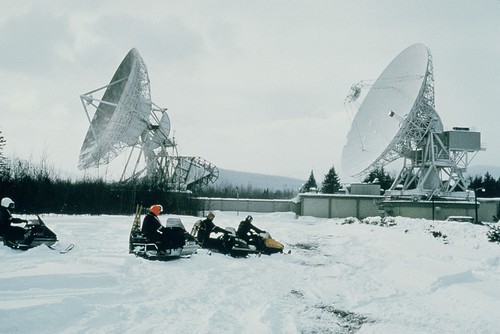DIY Friday: Solar LED Navigation Lights
Friday, August 13th, 2010

Ahoy, rocket scientists. Got your boat out on the water? You’ll appreciate this project from Jim Harrington, via Sail World…
A sailor and inventor who just eighteen months ago won a prestigious Premier’s Award from Loyalist College in Ontario Canada for his work in inventing a hydrogen assisted sailing boat, has come up with an idea for a set of do-it-yourself navigation lights for the bow.
While Sail-World couldn’t recommend these for crossing oceans, and we don’t know if they comply with rules for visibility from a distance, but for Jim’s use they have proved ideal.
With his previous record of achievement, one has to listen to this astro- and geo-physics and oceanographic design engineer, who, like many of us, likes ‘mucking about in boats’.
Here Jim describes how he was inspired to get creative about navigation lights, and then, below, the video describes in graphic detail just how to create these navigation lights for yourself.
The process is super-simple, using solar powered ‘garden lights’ that can be purchased from most hardware stores.
Jim describes:
‘Using solar powered LED garden lights, I have modified them for use on my sailboat as navigation lights. I found myself out on the water a few times at dusk with failing batteries or looking for my clamp on running lights and asked is there a simpler way.
The modification is very simple and easy to do by changing to ultra bright LEDs of the appropriate colour. What is nice is it is low cost, reliable, no special wiring of the boat system required and they come on by themselves as dusk deepens.
It costs about $25 or less to do your self. I liked what I did so much that I acquired a US provisional patent but individuals can copy it, no problem.
Here’s the video…




